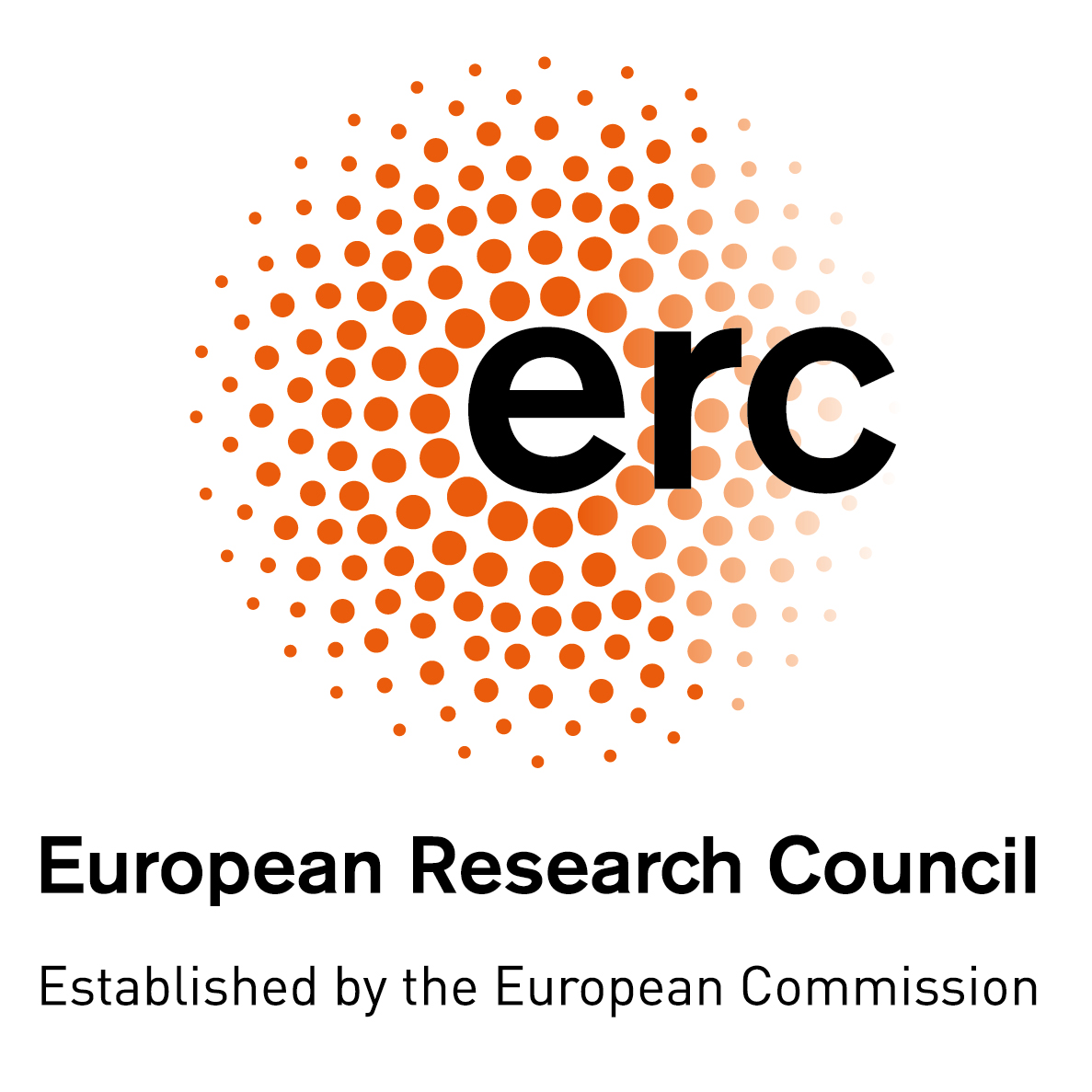Projectes
The Copernicus Atmosphere Monitoring Service (CAMS) is providing services to meet the information need on atmospheric composition, including detailed distributions of reactive gases such as ozone, aerosol and greenhouse gases. CAMS provides daily analysis and forecasts, as well as reanalyses products. CAMS has a global service, implemented by ECMWF, and a regional air quality...
The Climate Modelling Users Group (CMUG) has worked for seven years on defining user requirements, assessing precursor and CCI climate datasets, and promoting the CCI datasets to the climate research and modelling community. The main goals and activities of the CMUG Phase 2 proposal are:
1. To carry out a more extensive (than was possible in Phases 1...
The Evaluation and Quality Control (EQC) function of the Copernicus Climate Change Service (C3S) has a critical role to ensure that the service meets the needs of a range of users for high-quality data and information, and in proposing the necessary evolution of the service itself, while shaping the research agenda to attend the most important challenges detected. The ITT...
EPEEC's main goal is to develop and deploy a production-ready parallel programming environment that turns upcoming overwhelmingly-heterogeneous exascale supercomputers into manageable platforms for domain application developers. The consortium will significantly advance and integrate existing state-of-the-art components based on European technology (programming models, runtime systems, and...
ESCAPE-2 will develop world-class, extreme-scale computing capabilities for European operational numerical weather and climate prediction, and provide the key components for weather and climate domain benchmarks to be deployed on extreme-scale demonstrators and beyond. This will be achieved by developing bespoke and novel mathematical and algorithmic concepts, combining them...
Atmospheric chemistry, atmospheric composition, air pollution, Climatology and climate change, Physical geography, Earth observations from space/remote sensing, Dust aerosols; Mineralogy; Physics of emission; Climate; Modelling; Spectroscopy Soil dust aerosols are mixtures of different minerals, whose relative abundances, particle size distribution (PSD), shape, surface...
When provided in a climate-services context, seasonal climate forecasts can enable a more effective adaptation to climate variability and change, offering an under-exploited opportunity to minimise the agricultural impacts of adverse climateconditions. However, the development of seasonal prediction systems of climate-driven impacts on agriculture is still largely in the...
The European Cloud Initiative implementation encompasses different elements and will require a solid governance setup. Acornerstone of this governance is a Joint Undertaking, planned to start activities in 2019. HPC-GIG proposes intelligence gathering services from the European HPC stakeholders to this future HPC Governance - HPCG. It aims to facilitate atimely start of its...
Atmospheric particles coming from various sources such as in desert dust, biomass burning emissions or volcanic ashes can cause significant problems in aviation such as rerouting due to poor visibility, disturbance in airport operations, massive cancelling of scheduled fights and mechanical problems such as erosion, corrosion or abrasion (engine flame out in flight). Remember...
During the last century, the North Atlantic sea surface temperature exhibited super imposed long-term warming trend and multidecadal fluctuations. This multidecadal variability is referred to as the Atlantic Multidecadal Variability (AMV). The AMV has been pointed as the source of marked climate anomalies and associated human impacts over many areas of the globe. This...








